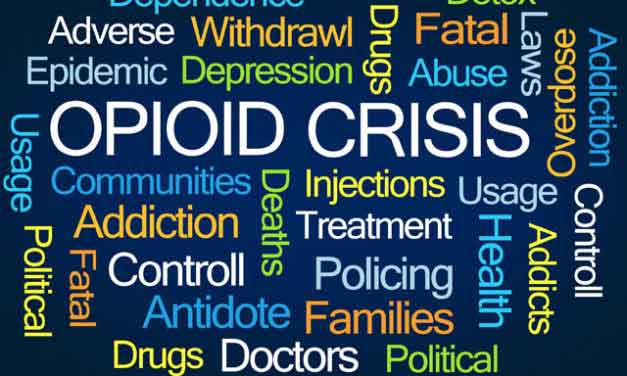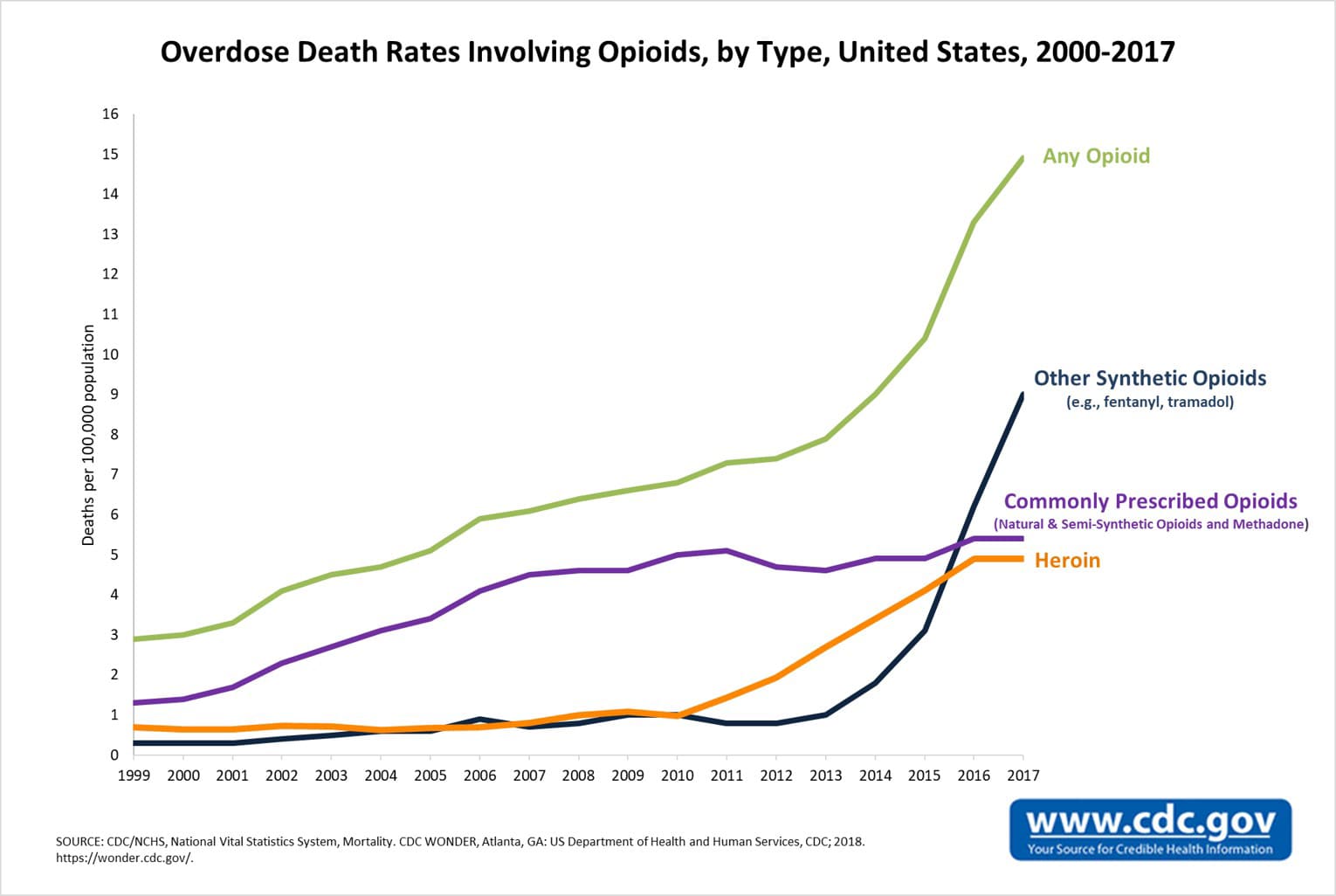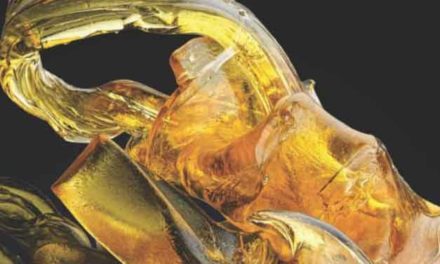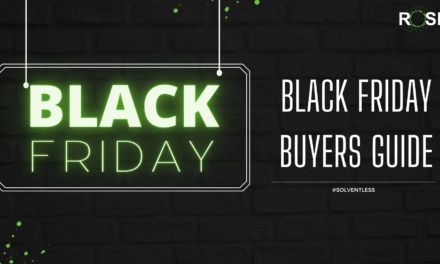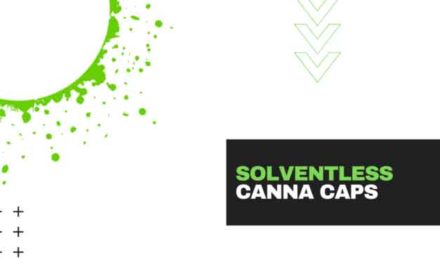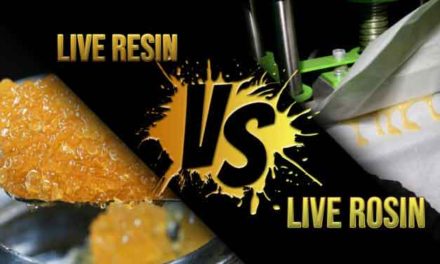The opioid epidemic is devastating America. In 2016, nearly 42,000 people died from an opioid overdose, a 21% increase. For two years in a row, the average American life expectancy has dropped, fueled partly by accidental opioid overdose deaths. Before 2014, our life expectancy remained the same for nearly 50 years. Yet, the White House just proposed slashing the budget to combat the opioid epidemic by 95 percent.
The Center for Disease Control (CDC) estimates the opioid crisis costs at least $78.5 billion a year, which includes health care and addiction treatment costs, lost productivity, and criminal justice involvement. Not only does the epidemic cost money, it costs human lives. More than 115 Americans die (view figure below) every day from an opioid overdose. What’s more, 80 percent of people currently using heroin started out misusing prescription painkillers.
One way legislation could help the epidemic is by federally legalizing cannabis – although it’s not a priority. Yet, in the last few years, there’s been a lot of evidence to suggest that cannabis is an “exit drug” that could help the epidemic in two ways.
For one, many people who take opioids started because of pain, either chronic or because of an injury or surgery. But cannabis, especially concentrates like rosin, can also help people manage pain.
In fact, in states where cannabis is legal, doctors prescribe less opioids. Not only that, studies also show that there is less opioid abuse in these states as well as fewer opioid overdose deaths and hospitalizations. That’s because, when people have the option, they are choosing cannabis over prescription pills, like OxyContin, for pain. Treating pain with cannabis improves people’s quality of life; they report feeling more functional, plus, it’s way less addictive and dangerous, without the risk of overdose or withdrawal. In fact, according to a 2017 study, 93 percent of patients prefer cannabis over opioids for treating pain when they have the choice.
Cannabis concentrates provide more relief to pain sufferers than flower because they have a higher percent of THC, as well as other cannabinoids and terpenes, that mitigate pain. For someone with a serrated disk or other chronic pain condition, the boost of cannabinoids from extracts helps make their pain, and therefore their life, more manageable.
One way cannabis helps with pain is THC and CBD’s ability to decrease inflammation. Both THC and CBD are cannabinoids that interact with the body’s own, natural endocannabinoid system (ECS). The ECS is a system of neurotransmitters that regulate bodily functions like mood and appetite, as well as pain perception. Cannabis strains with a 1:1 THC:CBD ratio are known for pain relief, as well as indica and indica-dominant hybrid strains.
Plus, opioids should not be used to treat chronic pain because of how quickly patients build a tolerance and how dangerous it is to take large amounts. When medicating with opioids, there is always a risk of death from overdose. On the other hand, medicating with too much cannabis has never killed anyone.
Opioids, like OxyContin, Fentanyl, and heroin, are wildly addictive. After only a couple of weeks, patients can’t stop taking them cold turkey because the withdrawal symptoms are excruciatingly painful. Withdrawal symptoms can include diarrhea, vomiting, nausea, anxiety, insomnia, restlessness, sweating, cramping abdominal pain and more. That’s how so many people in our country have gotten addicted – even after their pain has subsided.
But, this is the second way medical marijuana can help. Cannabis can help relieve nasty withdrawal symptoms that opioids create. Again, cannabis concentrates with their stronger effects will give recovering addicts even more relief than flower or other products. Cannabis is especially good for weaning people off opioids because the plant helps with both pain and withdrawal symptoms at the same time. Patients can start taking smaller amounts of dangerous opioids while also consuming cannabis, until little by little, they’re ready to cease opioid treatment completely.
Some rehabilitation centers are taking note and allowing their patients to use cannabis. In Los Angeles, there’s one such rehab called “High Sobriety” and there are others across the country as well.
Although, not all recovering addicts approve of this method, especially not those with a strict interpretation of AA’s 12 step method. However, even the Founder of AA believed LSD could help people quit drinking, and if he founded AA today in the midst of the legalization movement, he may have had more lenient views on cannabis.
